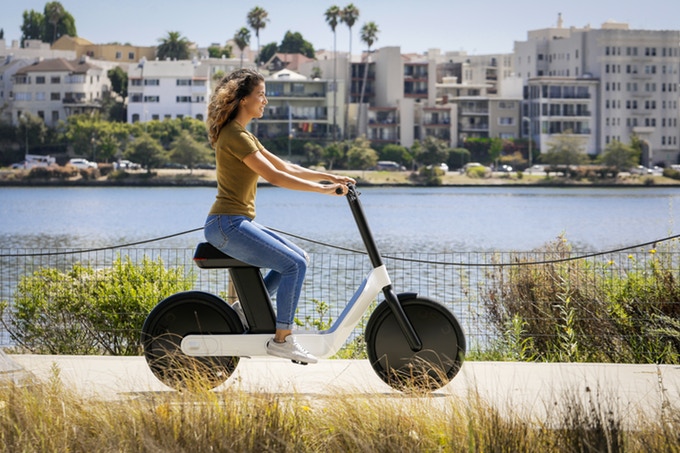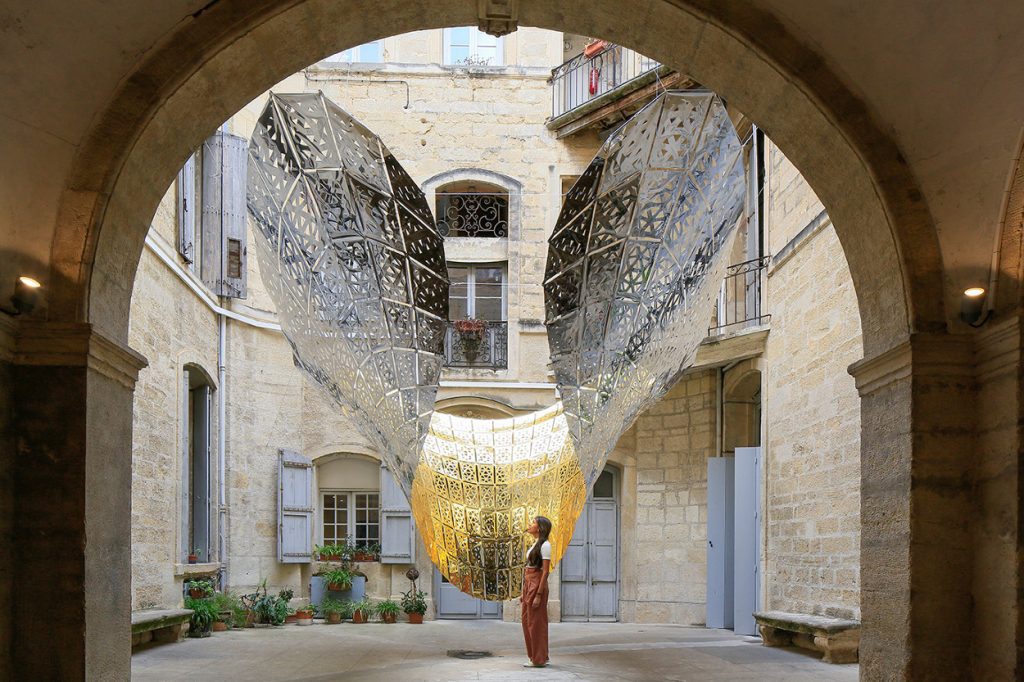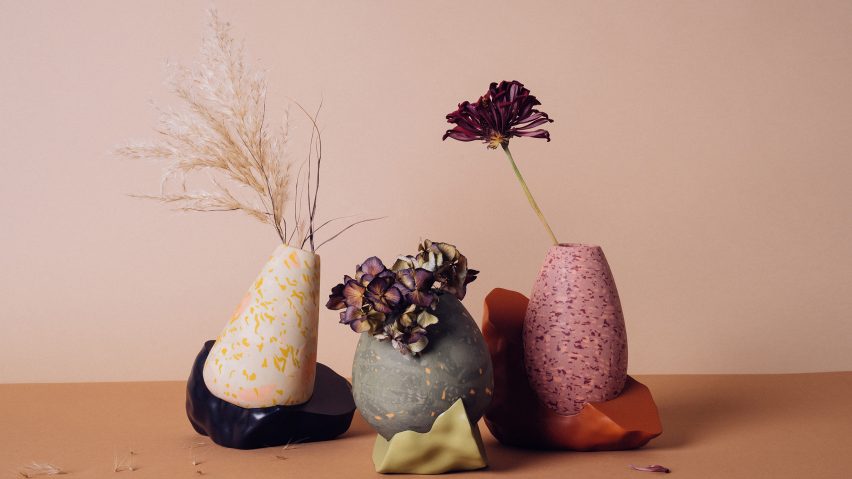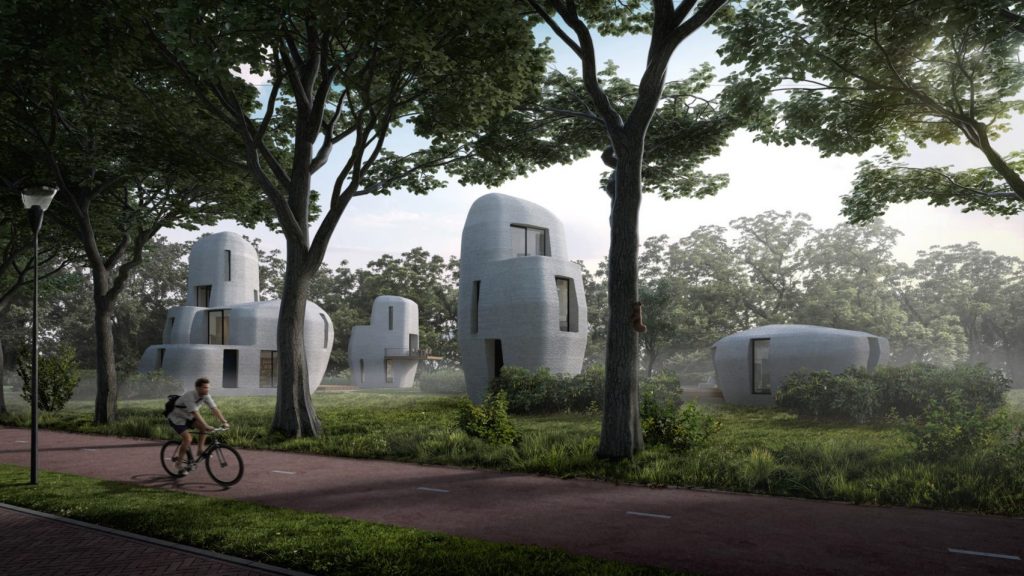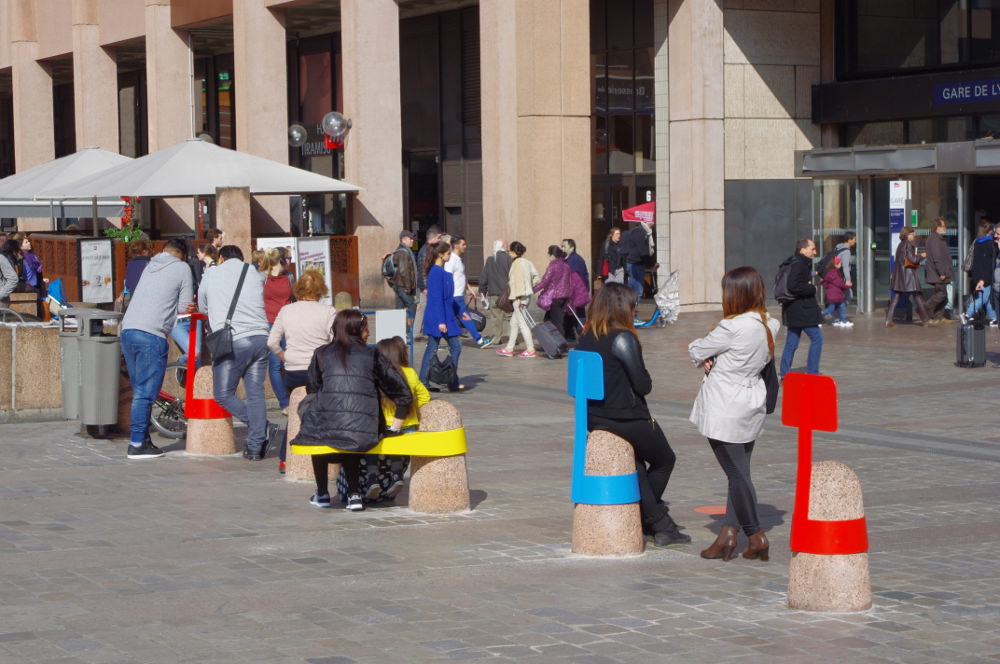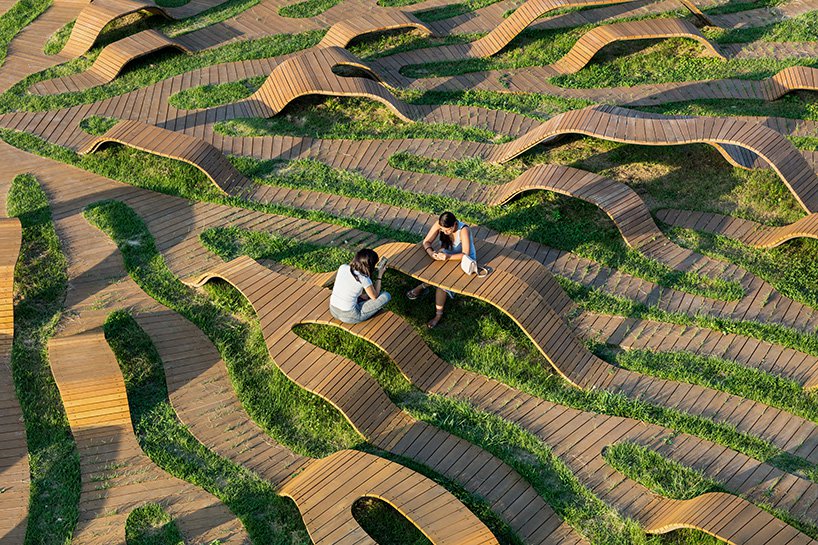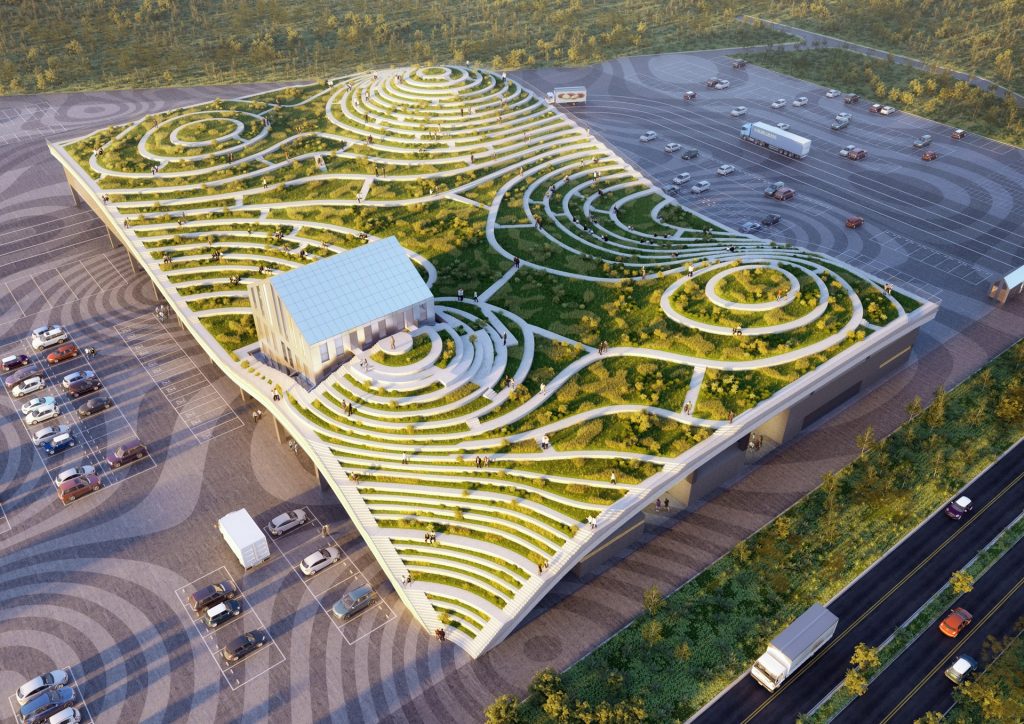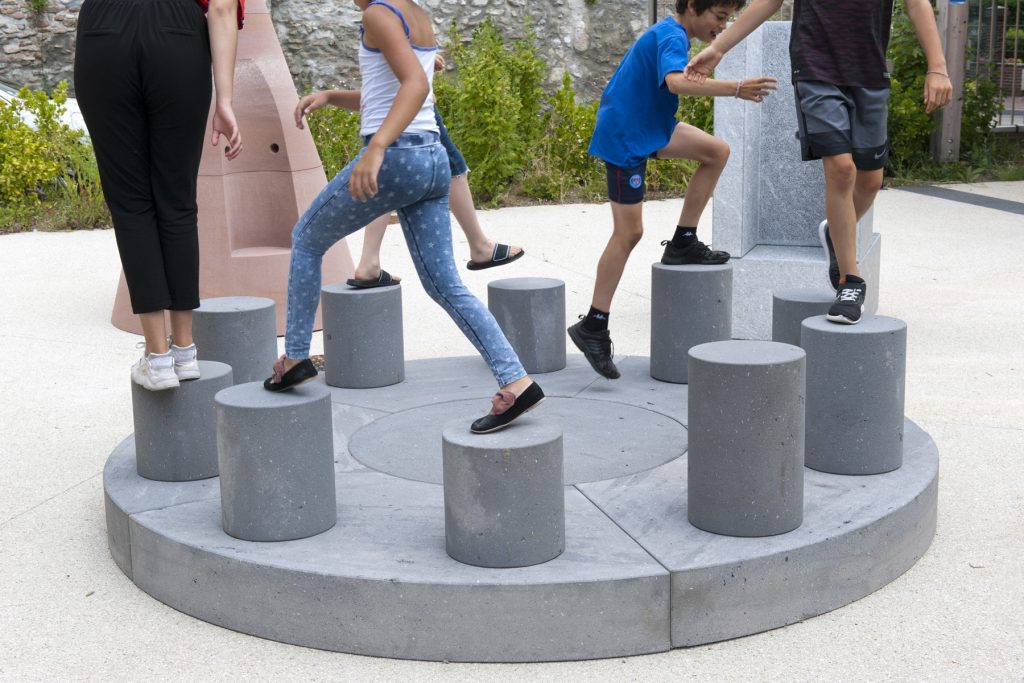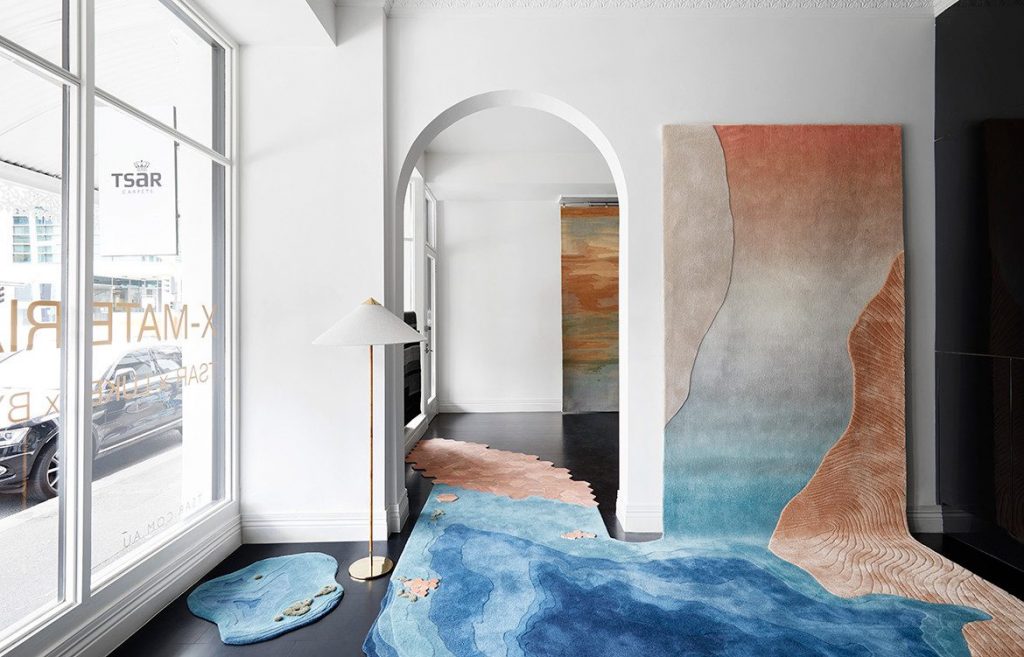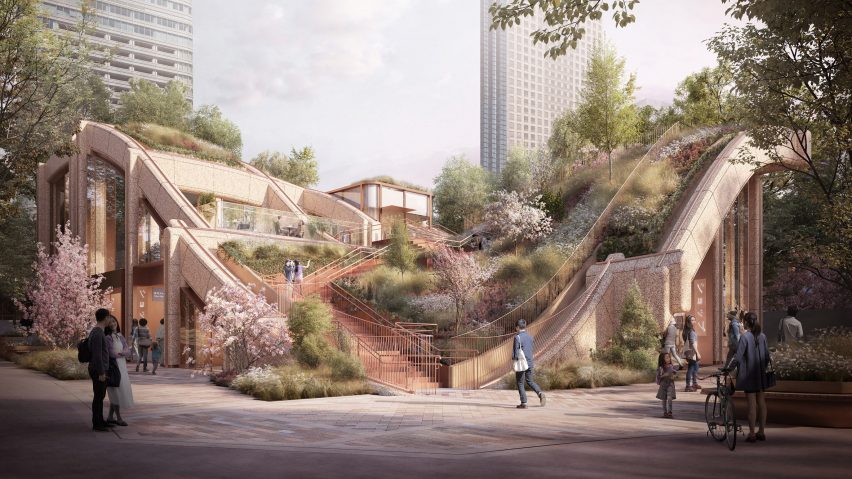With pollution awareness constantly increasing, more often than not city dwellers choose to ditch petrol fueled vehicles, preferring more sustainable transportation instead. Many solutions have been developed to address the so-called last-mile problem but it looks like the reign of traditional bicycles is being challenged by electric scooters and bikes in the first place. Futuristic looking or minimalistic, they can efficiently transport urban residents from point A to point B, whether to commute to work, run errands around town, or simply for the joy of the ride – and look cool!
